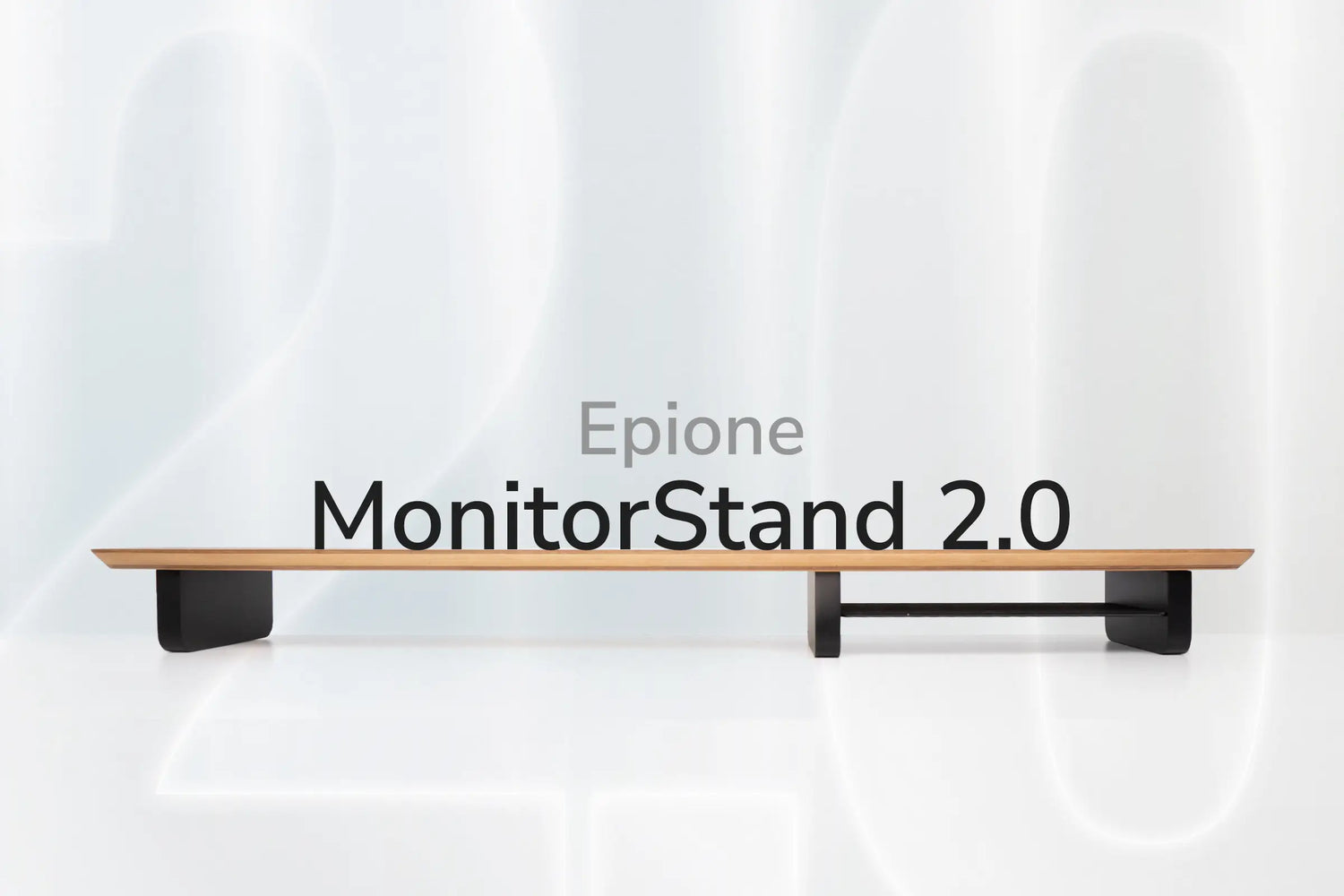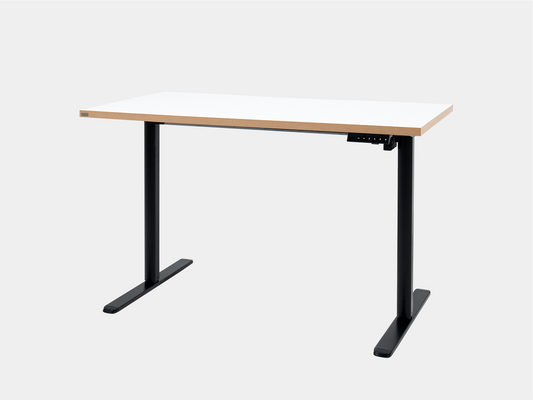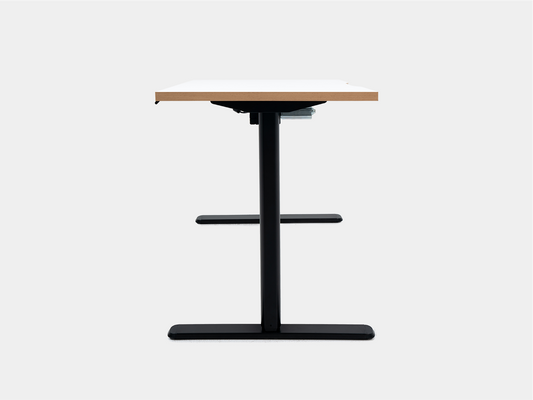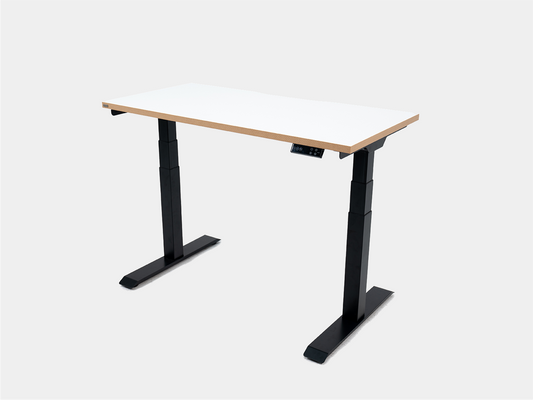The colors around us, especially in the workplace, can have a more profound impact on our emotions, productivity, and overall well-being than we realize. Color psychology in office design goes beyond wall paint, to furniture, accessories, lighting, and even corporate branding. So what is color psychology and how does it affect the way we feel and act? Let’s dig deeper into this article with Epione!

What is color psychology?
Color psychology is a branch of psychology. It studies how different colors affect human emotions, behavior, and perception. It can be a powerful tool for improving office design, as different colors can create different moods, stimulate creativity, improve productivity, and improve communication.
Color psychology is based on the idea that colors have different meanings and associations for different people, depending on their personal experiences, cultural background, and psychological state. However, there are also some general effects that colors can have on most people.
For example, red makes us think of the dynamism, strength and enthusiasm of youth. In addition, it also has a very strong effect on stimulating the taste buds, so it often becomes the main color in the logos of F&B brands such as Coca Cola, Red Bull, Budweiser.

Some brands use red as the main color in their brand identity design.
How to apply color in the workplace
How can you apply color psychology to different cultures and contexts in your workplace branding? Here are some steps to help you choose the right colors for your office interior.
1. Assess the organization's culture and values
The first step in choosing a color is to align it with the company’s mission, vision, and values, to create a cohesive and authentic atmosphere. For example, a technology company focused on innovation might benefit from vibrant colors that stimulate creativity, while a healthcare organization might prefer calming colors that promote a sense of peace and healing.
Additionally, colors also have different meanings in different cultures. For example, red represents passion, excitement, and energy in Western cultures, but it can also symbolize luck, prosperity, and happiness in Chinese culture. Similarly, white can symbolize purity, cleanliness, and simplicity in Western cultures, but it can also symbolize mourning, death, and sadness in some Asian countries.
2. Understand the purpose of each space

Use soft colors for the bedroom space.
The second step is to match the colors to the function of each area of the office in a way that you want to influence the behavior and attitudes of those who use it. Consider the specific tasks and activities that will take place in each room to ensure that the colors chosen support the intended purpose. For example, use calming colors in the break room and vibrant colors in the brainstorming space.
3. Make a specific design plan
Creating a plan with specific, well-researched and thought-out descriptions and diagrams will help to promote collaboration, communication and increase efficiency between parties. During the planning process, your company will know the pros and cons to consider, know what to add to the office space as well as be aware of the issues surrounding the choice of colors for the workplace.
4. Consider the light source
Trying to assess how different colors will look in different lighting conditions, such as sunlight, artificial light, or a combination of both, will help you make a more informed choice. Light colors can help maximize the effects of natural light, while dark colors may be more suitable for spaces with artificial light.
5. Testing and evaluation
You can use a variety of methods to measure the effectiveness of your color palette, such as surveys, feedback, observations, or analytics. You can ask your customers and employees how they feel about colors, how they perceive your brand, and how they tend to behave in your workplace.
6. Some other notes

The 60-30-10 rule in office interior design.
Once you have chosen the colors for your workspace, you need to consider how best to apply them. The 60-30-10 rule can be a good guide. It refers to the color ratio in a design, consisting of 60% dominant color, 30% secondary color, and 10% accent color. This ratio helps create a balanced and harmonious color palette, with the dominant color usually being neutral or cool while the secondary color is usually warm or contrasting, which will add interest to the space. Finally, the accent color should be bright or bold, helping to attract focus and attention when viewed.
In addition, harmony and contrast are also important. Harmony can create a sense of unity, consistency and order, while contrast can create a sense of variety, interest and emphasis. However, too much harmony can create a boring and monotonous look, while too much contrast can create a chaotic and messy look. Therefore, using the color wheel can help you choose complementary, similar or triadic colors that create a harmonious and contrasting effect.
If your company has the financial means, consider using a professional workplace design consultancy or hiring a color expert to gain valuable insights into the best color schemes for your organization. They can help you navigate the complexities of color psychology and ensure that your workplace design promotes employee well-being and productivity.
Environmental factors are also something you should consider. When choosing furniture or paint, choose products that are proven to be safe and environmentally friendly !
Explore color options for the office
Choosing colors for your office is not an easy process. You need to consider several important factors such as your goals, industry, and company culture. For example, if your company has a diverse workforce, customers, or partners, you may want to use colors that are inclusive and make everyone feel comfortable.
Right now, let's explore with Epione how some popular colors affect productivity and psychology in the workplace!
- Red: Can make a room feel warmer, evoke passion, energy and stimulate thinking. However, red is not suitable for offices that have a slow working pace, require high levels of concentration and involve slower decision making. The best areas to use red include the office pantry, spaces with movement (hallways), late night work areas, etc.
-
Blue: Blue is the favorite color of many companies around the world because it is the number one productivity booster. The color is calm, precise, and evokes orderliness, confidence, calmness, and formality. Researchers believe that blue can create a calm and stable environment, helping employees focus and work effectively.
Blue offices help employees focus and promote productivity effectively.

- Green: A soothing colour, often associated with balance of mind, body and emotions. It is also associated with nature, balance and growth, making it suitable for promoting a sense of harmony, creativity and happiness in the workplace. Green is great for areas where presentations or clear communication are needed such as offices, waiting rooms and employee relaxation areas.
- Yellow: Represents happiness, optimism and creativity, stimulating positive emotions and innovation. It instills confidence and openness. The best areas to use yellow include communal spaces and dining rooms. However, overuse can lead to eye strain, discomfort, irritation and anxiety.
-
Orange: A combination of energetic red and warm yellow, orange is often associated with enthusiasm, motivation, fun, friendliness and success. It can enhance team spirit and create a sense of camaraderie among team members.
Orange in office interior design represents joy and connection among team members.

- Purple: Brings feelings of luxury, sophistication, intelligence, imagination, and peace. In addition, its calming effect on the mind is also associated with enhancing creativity and problem-solving abilities. Using purple in an office or work environment can be especially beneficial for those working in creative fields, such as marketing or design.
- White: White is often associated with cleanliness, freshness, and modernity. It works well in open spaces and when combined with other bright colors, it creates a balance that brightens up the overall office. At the same time, studies have shown that completely white walls make employees more likely to make mistakes.
- Black: Represents control and power, luxury and elegance. However, it is best to use black sparingly as it can absorb natural light. On the other hand, using it as an accent to complement other colors can help you achieve a balance between luxury and comfort.
- Gray: A neutral and versatile color, it creates a sense of balance and sophistication in a room. It is often used as a base color in interior design and can be combined with a variety of accent colors to create a specific atmosphere. Light shades of gray can create a calm and peaceful atmosphere, while darker tones of gray will create a more dramatic and moody atmosphere.
Using the right color components can be crucial to the success of your business and bring benefits such as improving employee culture and engagement. Through this article, Epione hopes that you can apply color psychology in your office design in the most effective way!













